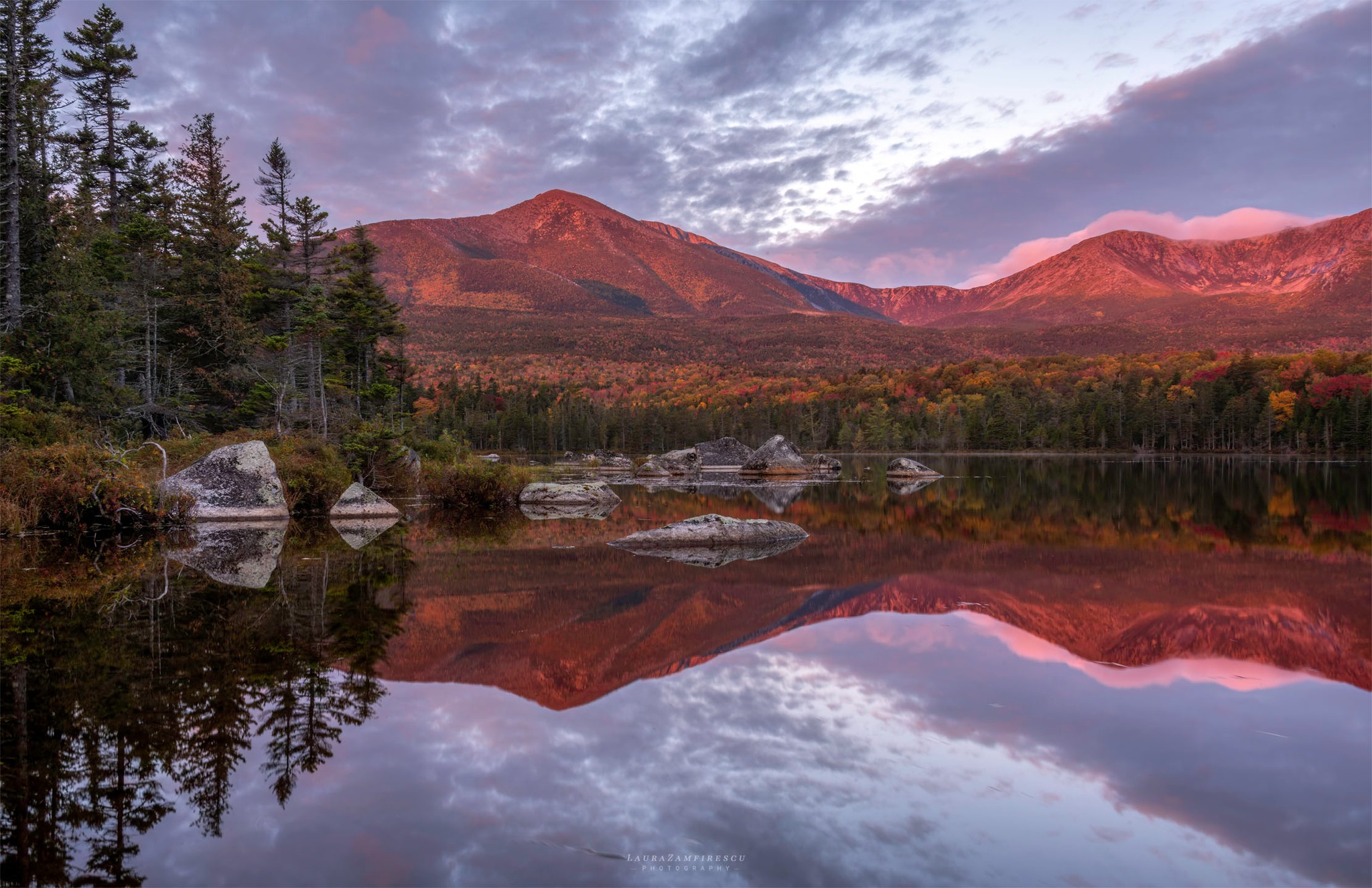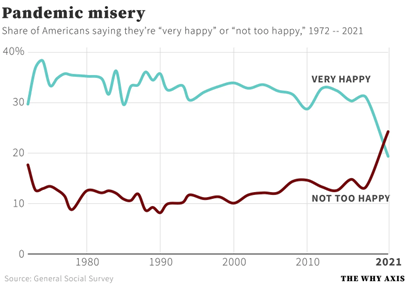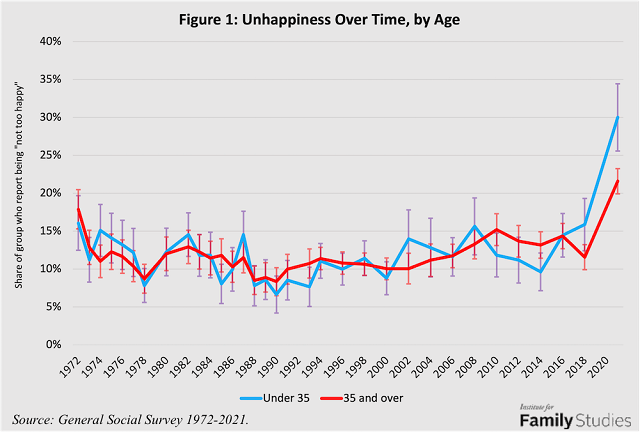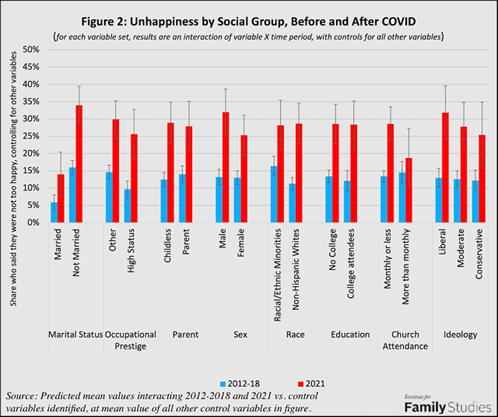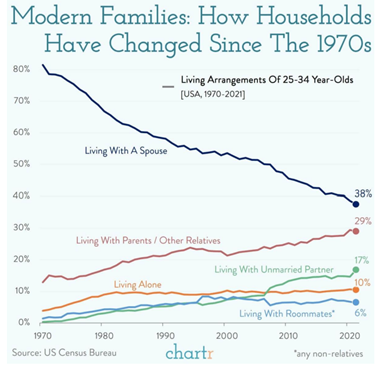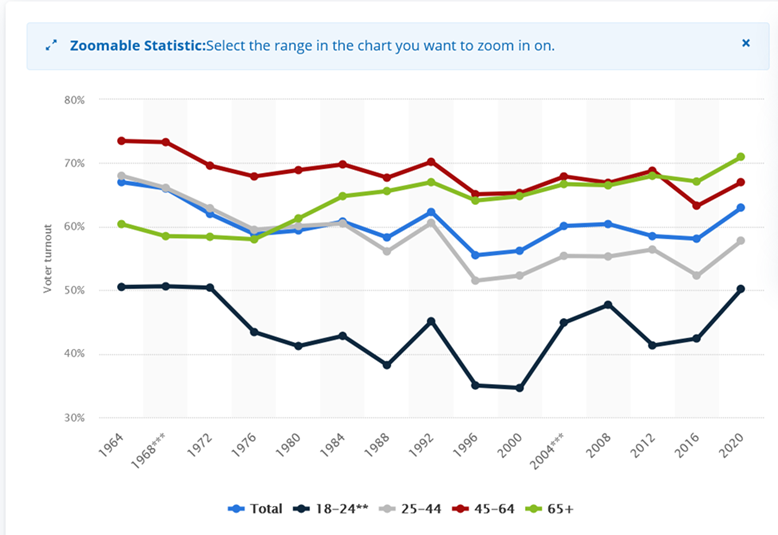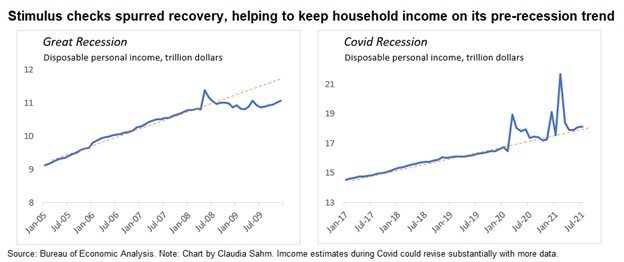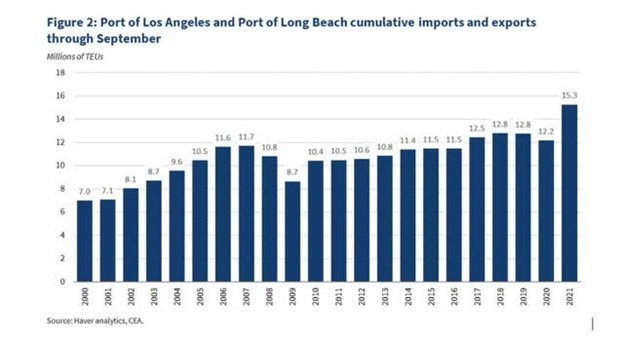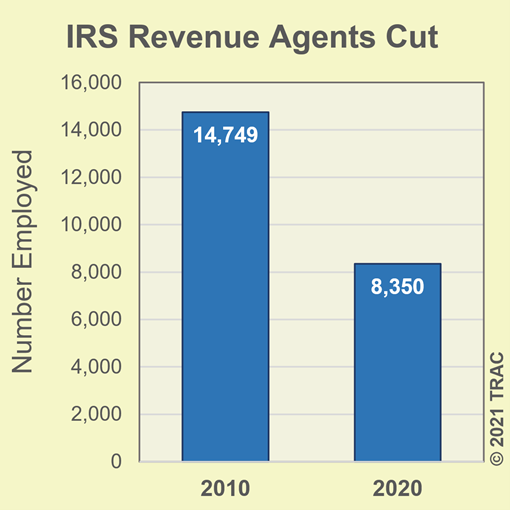The Daily Escape:
 Fall arrives in Ouray, CO – October 2022 photo by Gary Ratcliff
Fall arrives in Ouray, CO – October 2022 photo by Gary Ratcliff
Why is authoritarianism growing at home and abroad? There is a relatively new notion called democracy fatigue: Political passivity and disgruntlement that stems from the exhaustion of seeing endless politicking, but never seeing change that makes lives better.
We’ve had a constant barrage of existential crises: Covid, climate change, Russian imperialism, immigration, inflation, and growing economic insecurity. With needing to act on all of these (and a few more), the ideals of political compromise and letting everyone have their say, seem sadly dated.
On the American Right, many joke that what would make things better is a ‘benign dictatorship.’ Because democracy doesn’t get things done. Politicians everywhere are taking the opportunity to go with “the big lie”. It’s become about lying until your ideas are accepted as fact. From Heather Cox Richardson:
“After World War II, political philosopher Hannah Arendt explained that lies are central to the rise of authoritarianism. In place of reality, authoritarians lie to create a “fictitious world through consistent lying.” Ordinary people embraced such lies because they believed everyone lied anyhow.”
And distrust of democracy is growing. From Hal Gershowitz:
“…in the US, Germany, and Japan, somewhere between 20% and 40%…would embrace “a strong leader who does not have to bother with parliaments and elections.”
Hal reminds us that last April In France, Emmanuel Macron managed to once again defeat right-winger Marine Le Pen, but by a much narrower margin than in their last face off in 2017. Elsewhere:
- In traditionally liberal Sweden, a coalition of right-wing parties, anchored by the far-right Sweden Democrats, took control of Parliament.
- Hungary’s uber authoritarian, Viktor Orbán secured his fourth consecutive term as Prime Minister.
- And most recently, in Italy, a coalition led by far-right leader Giorgia Meloni won and will put together Italy’s first far-right government since World War II.
Beyond these are the far-right British National Party, and the Norwegian Progress Party. While these are fringe parties, they can exert influence on whatever party leads in parliamentary democracies.
Freedom House, founded in 1941 and primarily funded by the US, also paints a bleak picture. It publishes an annual assessment of “Freedom in the World” which notes that authoritarianism is having a great run. Freedom House says in 2020, the number of countries they listed as “no longer free” grew to the highest level in 15 years. Countries registering declines in political rights were also the highest in 15 years.
They note that a total of 60 countries suffered declines over the past year, while only 25 improved. As of today, some 38% of the global population live in Not Free countries, the highest proportion since 1997. Only about 20% of the world’s population now live in Free countries. The balance (41%) live in Partially Free countries.
The rise in authoritarianism may be due to the fact that in a sea of uncertainty, people are looking for a life raft. So they are willing to listen to and vote for those who articulate the importance of “traditional” values, and to assure them that the purported attack/assault on those values is a threat to them and their families.
The longing for benign dictatorship continues among America’s technology elites, whose denigration of politics flows from a Silicon Valley ideology that mixes libertarianism with authoritarian rule. They seem to want politics to work the way their products do: With elegant solutions implemented by smart, creative makers.
Their message is that surely, there’s a right way to get the job done: Fill the potholes, build the roads, keep our streets safe, get our kids to learn reading and math.
But whose potholes should get filled first? Should we keep our streets safe through community policing or long prison sentences? Should teachers be given merit pay, are small classrooms better, or should we lengthen the school day?
All of these issues can engender deep political fights. That’s because politics is disputes about values, not technical solutions. One person’s “right” is not another’s because people prioritize different values: Equity versus excellence, efficiency versus participation, security versus justice, short-term versus long-term goals.
Trump’s continuing control of the Republican Party is due to his ability to exploit grievance. His “America First” message continues to resonate with millions of voters who view the Democratic Party’s policies as an assault on America’s traditional values.
For the upcoming midterm elections we need to remember that constitutional democracy is not a gift from the gods.
It can be wrested away if we fail to uphold our democracy by voting this fall.

